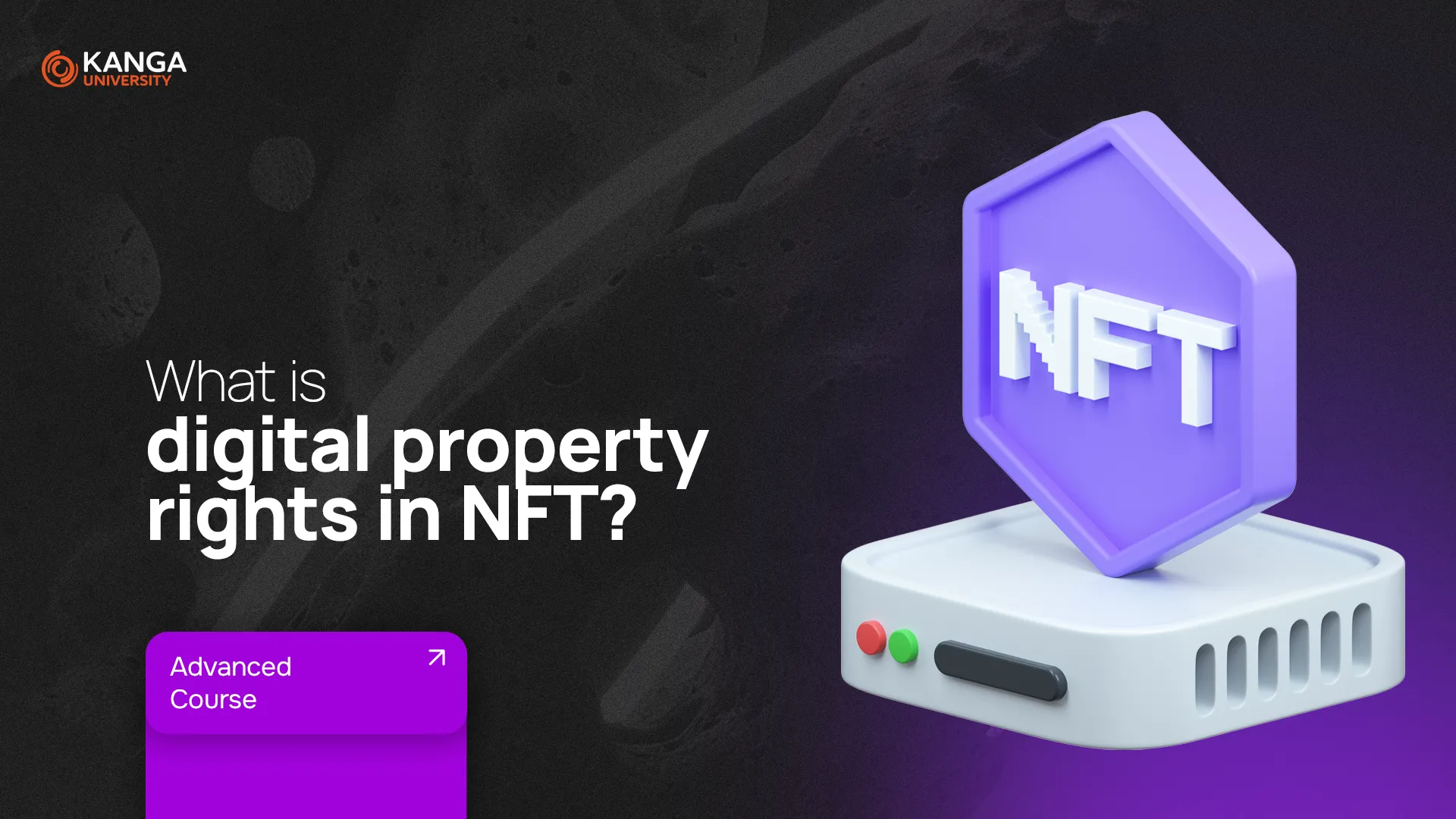
The way we understand ownership is being completely redefined. In the digital economy, a token isn’t just a technical concept — it’s your proof of ownership. It can represent anything from a piece of art, music, or real estate to a stake in a startup. Welcome to the world of NFTs and tokenization, where everything valuable can live on the blockchain.
What Exactly Is a Token — And What Is Tokenization?
Let’s keep it simple.
A token is a digital representation of ownership. You can buy it, sell it, trade it — and depending on its type, it gives you access to specific rights (like using a service, voting on decisions, or owning a unique asset).
Tokenization is the process of turning something from the real world — like a property, a company share, or even a music license — into a digital token stored on the blockchain.
There’s no single legal definition yet for these terms, because this is all still evolving. But here’s what you should know about the types of tokens in the market:
Four Main Types of Tokens
-
Payment Tokens
These act like digital currency. You use them to pay for products or services. -
Utility Tokens
These give you access to something specific — like features in a game or perks in a platform. -
Security/Investment Tokens
These are like digital stocks. They represent a stake in a company or project. -
Hybrid Tokens
These combine multiple features — for example, they can work as both a payment and an investment tool.
NFTs: The Digital Ownership You Can See and Prove
NFTs (Non-Fungible Tokens) are one-of-a-kind tokens. Unlike Bitcoin or Ether (which are interchangeable), each NFT is unique — like an original painting or a rare trading card.
NFTs have become a big deal because they allow digital items — art, music, game skins, tweets, memes — to be owned, traded, and verified like never before.
What makes NFTs powerful:
-
They prove ownership of a digital item.
-
They are stored on a blockchain, so they can’t be faked.
-
They connect creators directly with buyers — no middlemen.
Where NFTs Are Making Waves
Art & Music
NFTs are changing how artists make money. Instead of relying on galleries or record labels, creators can now sell their work directly. Even if the digital file can be copied, the blockchain proves which version is the original.
Sports
The NBA launched NBA Top Shot, selling short highlight videos as NFTs. Some sold for over $1 million. Soccer clubs and players also issue their own tokens, giving fans voting rights or access to exclusive perks.
Gaming
NFTs are already huge in gaming. You can own virtual land, characters, weapons, or cosmetics — all of which can be traded or sold. Games like Axie Infinity and The Sandbox have seen NFT items sell for thousands (even millions) of dollars.
Iconic Examples of NFT Sales
-
Beeple’s “Everydays: The First 5000 Days” – sold for $69.3 million
-
Jack Dorsey’s first tweet – sold as an NFT for $2.9 million
-
CryptoPunks – a collection of 10,000 pixel avatars; one sold for $11.8 million
-
Nyan Cat GIF – sold for 300 ETH
-
Dolce & Gabbana NFTs – fashion meets blockchain
-
NBA Top Shot Moments – highlight clips turned into tradable assets
-
Grimes, Kings of Leon, Jay-Z, and more – all launched NFT-based music/art
What You Don’t Get When You Buy an NFT
When you buy an NFT, you get digital ownership, not copyright. That means you own the original digital version — but only the creator can reproduce or edit it unless you get separate rights.
So yes, you’re a collector, but you’re not the legal owner of the content itself unless explicitly stated.
Final Thoughts: Should You Be Paying Attention to NFTs?
Absolutely — but with your eyes open.
NFTs offer a new way to buy, sell, and prove ownership. They’re transforming industries and unlocking new revenue for artists, gamers, and athletes. But like any new tech, they come with risks, including scams, volatility, and unclear regulations.
Always research before buying, and never invest more than you’re prepared to lose.
Key Takeaways
-
Tokens are digital proof of ownership.
-
NFTs are unique tokens that let you own digital items.
-
They’re disrupting art, music, gaming, and sports.
-
But the legal and regulatory frameworks are still developing.
-
Buy smart. Stay informed.
Discover staking with KNG token on Kanga Exchange